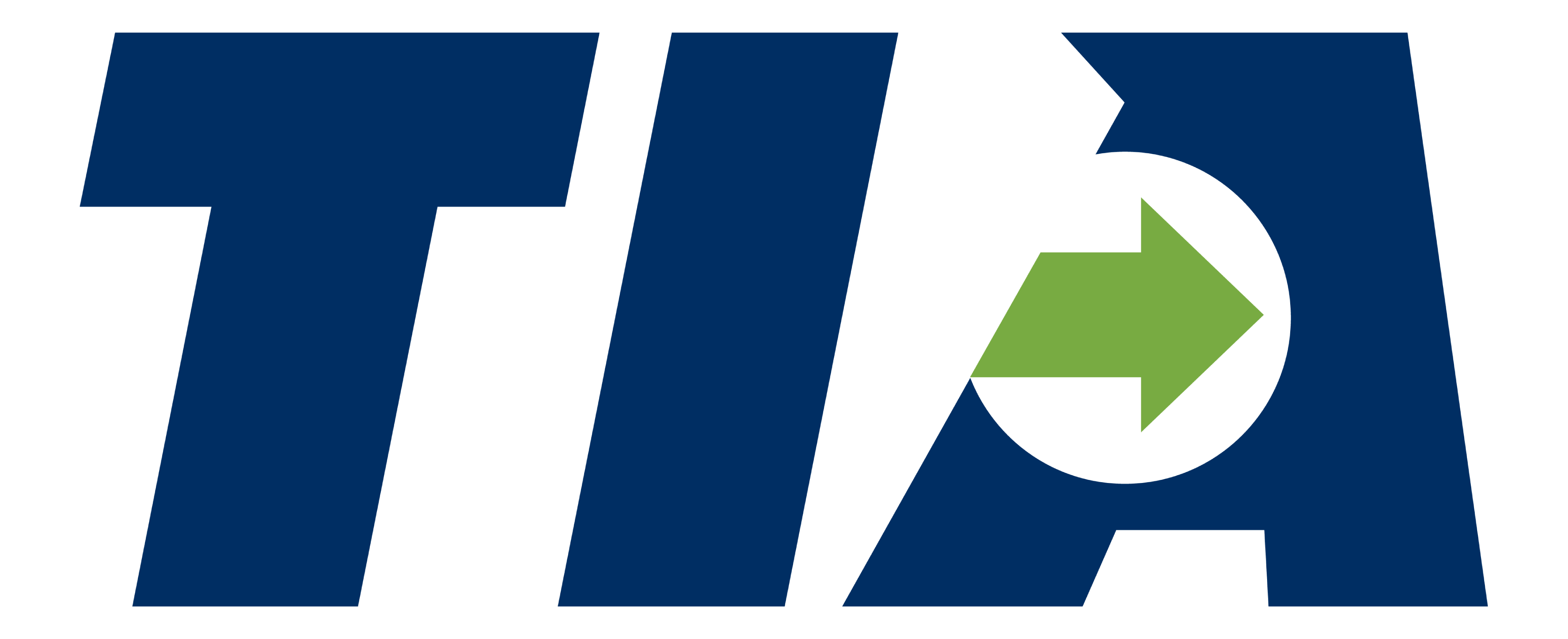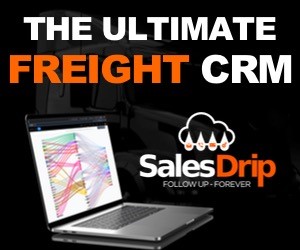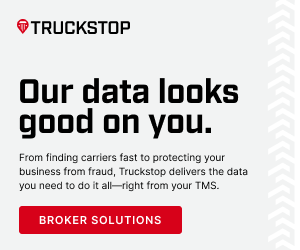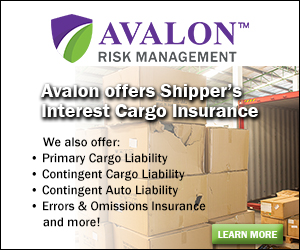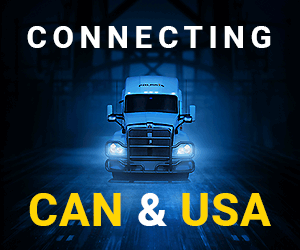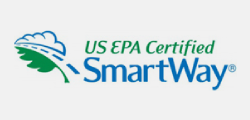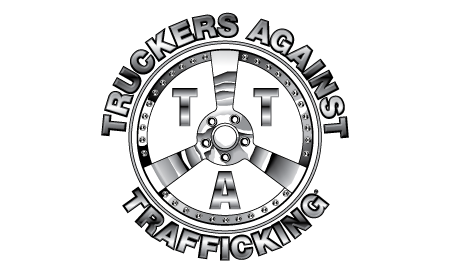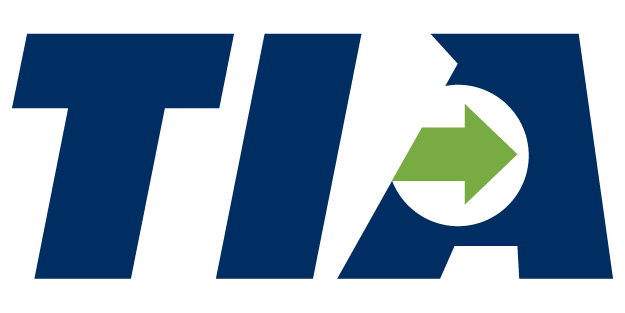Intermodal Issues
The Intermodal Logistics Committee is responsible for all issues related to rail relations and intermodal transportation. Additionally, the members of the Intermodal Logistics Conference will serve as liaison between TIA and the Association of American Railroads (AAR) and the Intermodal Association of North America (IANA).
The chair of the Intermodal Logistics Conference is Kristy Knichel, CEO & President of Knichel Logistics. The TIA staff point of contact is Chris Burroughs.
An Intermodal Overview
FROM SHELLI AUSTIN AND JEFFREY R. BRASHARES
If this mode of transportation – Intermodal- is not in your current service offerings, we will give you some direction now on how you can provide yet one more service to your beneficial owners.
Rates on the long haul (over 750 miles) tend to be about 20 percent less than a single driver, over the road. Shorter haul rates (500 miles) are closer to a single driver truck rate. As the price of fuel increases, the fuel surcharge spread becomes greater between truck and rail, thereby creating an Intermodal advantage.
There is also an opportunity to load dense commodities domestically, in international boxes as these very low rates that favor heavy shippers who can “weigh out before they cube out”. Most 40′ lanes run east to west (Transcontinental) and are designed to return marine containers to major west coast piers/ports.
Most railroads offer their services on a door to door basis, providing the full service to you to sell to your customers. They can also provide a ramp to ramp service where you will need to provide the trucking or dray (trucking to and from the ramp-shipper/consignee) at each end of the move.
There are, however, some exceptions to the rules. Aren’t there always?
Insurance is, of course, very important on the rail, just like the Highway.
Most rails have a max coverage of $250,000 per cargo incident and, in the case of handling and hauling electronics; some rails do not cover electronics at all. In Mexico, there is NO Intermodal insurance offered by the underlying railroad.
Blocking and bracing is still a requirement on some commodities. All railroads can provide information specific to the commodity you wish to ship.
There are restricted commodities, like steel coil loading; small coils are Ok; large are not. Both are governed by the individual railroad and the Association of American Railroads: www.aar.org
If you to handle Hazardous Materials via intermodal, you must be conversant with these rules. Much like the highway, there are NO exceptions to handling these commodities safely.
For those who do not want to deal directly with the railroads, there is always the opportunity to move your intermodal through an already established TIA member IMCs or Bi-Modal carrier.
This page lists contacts for each rail Intermodal carrier. They can provide all the information that you will need to get started using intermodal service.
Should you need help or have specific questions, Jeff Brashares and Shelli Austin have offered to available for “guidance” if you need a helping hand with those tough questions and can be reached at:
Shelli Austin [email protected]
Jeff Brashares [email protected]
